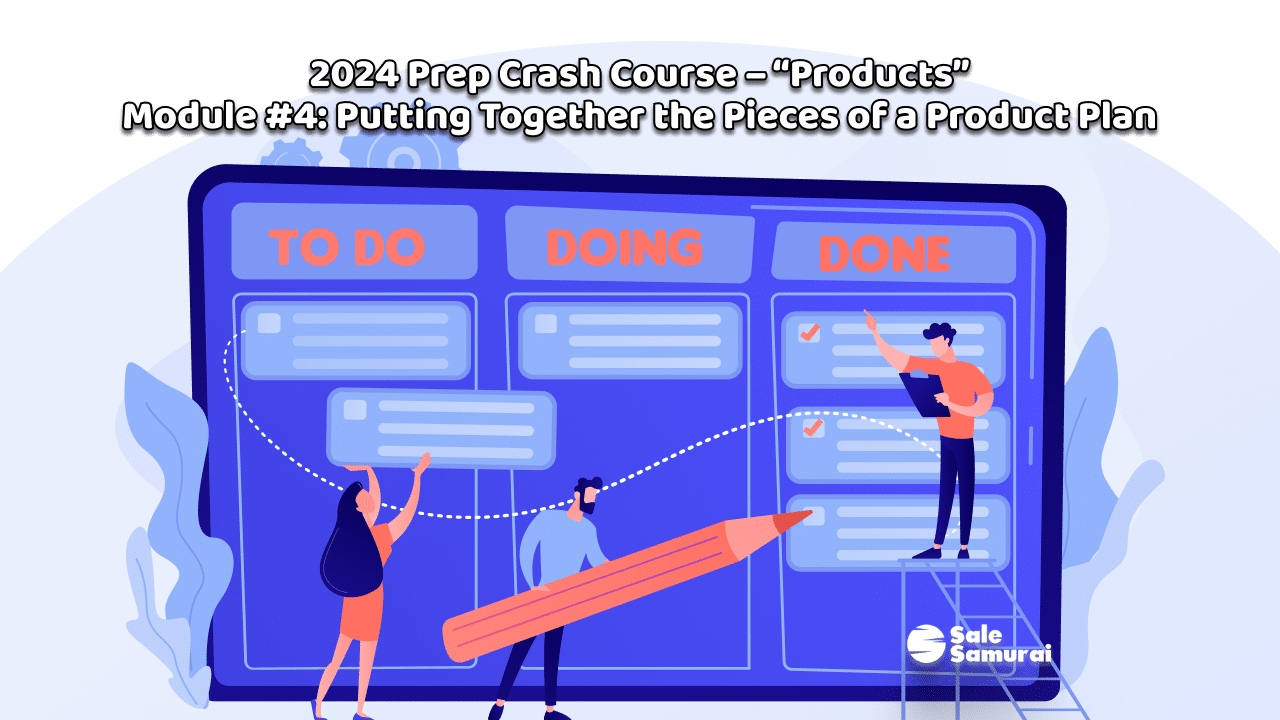
The Etsy marketplace has empowered creators to sell a wide array of apparel, accessories, and other original merchandise to a global audience.
In this ever-evolving landscape, the ability to capitalize on missed opportunities and unexplored product ideas is a key strategy for planning new products for the upcoming year.
In previous modules, we gathered data from 2023 for two key sources of information:
- Successful products
- Unsuccessful products
Now you know what kind of products to replicate and which ones to avoid. It’s time to start putting this data to work, planning your next line of products.
A FORMULA TO GET STARTED
I’ve developed a formula to prioritize moving products from the “concept” to “production” columns. Based on decades of experience, even in this heretofore-mentioned evolving world, this formula is as dependable as a law of physics.

Even if just an exercise, run all your product concepts through the formula. Looking at the results, examine your gut – chances are the data and your gut won’t be too far apart.
Mine Your “Idea Backlog”
You already have a treasure trove of raw data to start with, and that’s your “idea backlog”. The products that you planned to get to but couldn’t for one reason or another.
Beware: you may be emotionally invested in several concepts, but this formula will help you make an informed decision to produce product based on data, avoiding expensive mistakes due to an emotional attachment.
Now, this is different than “gut”. Gut is when you think you’ve got a better idea than what the data recommends. That applies here to some extent, but what is most important at this stage is to gather only products that objectively have high success probability, based on our experience in the previous modules. These need to be the first items to be produced, as the data is so strong that these will have the highest chance of success.
Missed Opportunities
In addition to your backlog, you should also develop a large enough selection of new ideas to increase the probability of a customer conversion.
While processing the backlog, use the data and learnings from the previous modules to create new product concepts (in whatever format you use at this stage: sketch, ticky-note, spreadsheet, phone notepad).
Run the concepts through a rough cost-quote stage so you can get an idea of production and shipping costs, the put them through the formula.
The Formula
Here is a formula to help you determine which unproduced ideas should move forward, what new ideas can be built on them, and which concepts should go back in the file.
- Put all your unproduced products in a list and prioritize them based on the following criteria:
- Quick to produce
- Low Resource Demand
- Low cost for MOQ (minimum order quantity)
- Margin
- Proven Demand – this could be:
- A current hot trend
- a hot trend that has not yet plateaued
- an evergreen topic
- Marketing simplicity
Rate each product on a scale of 1-5 for each of the above criteria.
The ones that rate better should move forward. The ones that rate worse should go wherever you file “Someday I’ll Get to That” projects (NEVER throw anything away!)
EXAMPLES:
An ideal product that should move forward would look like this:
-
- Quick to produce; 5
- Low Resource Demand: 5
- Low cost for MOQ (minimum order quantity): 5
- Margin: >100%
- Proven Demand – this could be:
- A current hot trend
- a hot trend that has not yet plateaued
- an evergreen topic 5
- Marketing simplicity 5
In sum, this is the sweetspot: find a concept that can be produced quickly, has a low enough cost for the MOQ that you have earmarked capital for, command 2x it’s cost through your sales channels, for a popular topic/event/personality that has proven longevity in the public eye, that can be marketed for little to nothing.
On the flip side, a concept that should be filed away (NOT thrown out) could look like this:
-
- Quick to produce: 1
- Low Resource Demand: 0
- Low cost for MOQ (minimum order quantity): 4.5
- Margin: 17%
- Proven Demand – this could be:
- A current hot trend 5
- a hot trend that has not yet plateaued
- an evergreen topic
- Marketing simplicity 5
This looks like a mixed bag, but it’s a definite “no” for a couple of reasons. The two high scores can be manipulated if your emotional relationship to the concept is strong: “It’s a hot trend and it won’t cost me much and it should sell itself, so why not take a chance?” This blinds you to the other red flags that are important structural elements of a successful product.
This product will be slow to produce and have a high demand on resources, whether that’s time or money. 17% is a very low net margin.
Also, “Slow” and “Current Hot Trend” are natural enemies.
Let’s break each of these criteria down.
REFLECTING ON MISSED OPPORTUNITIES
What Did You Want to Create but Didn’t Get to?
Planning for the future begins with a retrospective look at the product ideas that you had envisioned but couldn’t bring to life. These might encompass unique handmade items, vintage finds, personalized crafts, original product lines or even innovative art.

Understanding the Obstacles: Why It Didn’t Happen
Equally crucial is comprehending why these opportunities were missed. The obstacles could take various forms, including resource constraints, market dynamics, creative challenges, or even unforeseen circumstances like global events.
ANALYZING MARKET DEMAND
Market Research: Is There a Demand for Missed Products?
Identifying missed opportunities is just the initial step. In-depth market research is paramount to ascertain whether there’s a genuine demand for these products. This research encompasses evaluating whether there is a gap in the market or if consumer preferences have evolved.
Consumer Preferences: Do Missed Products Align with Trends?
Consumer preferences on Etsy are in a perpetual state of transformation. To ensure the potential success of missed opportunities, it’s crucial to align these ideas with current and emerging trends. Understanding what resonates with the Etsy community is indispensable.
EVALUATING RESOURCE REQUIREMENTS
Resource Assessment: Do You Have What It Takes?
Before proceeding, a comprehensive evaluation of the required resources is essential. Now is the time to take a cold, hard look at yourself. Do you possess the creative skills, time, and financial resources to bring the missed opportunities to fruition?
Budget and Cost Considerations: Can It Be Done Profitably?
Careful consideration of the potential costs involved in crafting, marketing, and listing the missed products is vital. It’s essential to determine whether launching these products can be executed profitably and whether the expected returns justify the investment.
IDENTIFYING NEW OPPORTUNITIES
Innovative Twist: Can You Put a Fresh Spin on Missed Ideas?
Rather than pursuing missed opportunities exactly as originally conceived, you should explore innovative ways to breathe fresh life into these ideas. Sometimes, a slight adaptation can make an idea more appealing to a customer.

Niche Exploration: Unearthing Untapped Niches
Etsy’s vast marketplace offers ample opportunities to discover untapped niches. Identifying these niches and understanding the specific needs of niche markets can open new avenues for missed opportunities.
REVISING YOUR PRODUCT LINEUP
Product Lineup Strategy: Balancing Old and New
With missed opportunities reassessed and new ideas explored, the next step is to develop a revised product lineup for the upcoming year. This lineup should strike a balance between timeless creations that have proven their appeal over time and innovative products inspired by the missed opportunities.
Marketing and Promotion: Aligning with Missed Opportunities
Effective marketing and promotional strategies are paramount. These strategies should emphasize the innovative and fresh aspects of the new products arising from missed opportunities. Content and campaigns should highlight how these products cater to the needs and desires of the Etsy community.
The key takeaway is that every missed opportunity can be transformed into a future triumph. Whether it’s launching unique handmade items, vintage finds, personalized crafts, or any other unexplored product, you have the opportunity to adapt, refine, and create items that resonate with the Etsy community.
In the words of renowned artist Vincent van Gogh, “Great things are done by a series of small things brought together.” By applying these strategies, Etsy shop owners can harness the potential of missed opportunities, turning them into open doors leading to a successful future in the realm of handmade and unique products.





